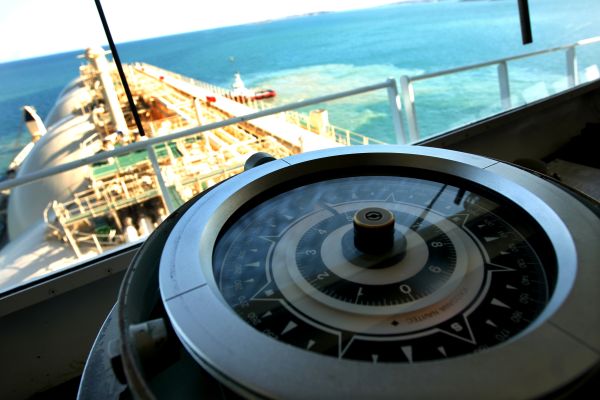04 Aug 2013

As the economic tide turns, it makes sense to look at the industries and policies that have underpinned our prosperity.
The Treasurer’s Economic Statement, released last Friday, only 10 weeks after the 2013-14 Federal Budget, shows the deficit now stands at $30.1 billion. Contributing factors include weakening world growth and falling world commodity prices, which have led to forecast lower terms of trade.
The Economic Statement shows unemployment at 6.25 per cent for the next two years. Nominal GDP (i.e. GDP before inflation) is now forecast to grow by 3.75 per cent in 2013-14 and 4.5 per cent in 2014-15, well below its 20-year average of 6.5 per cent. This fall has had a major effect on expected tax revenue, which has been revised down since Budget.
The Economic Statement acknowledges the resources sector has been a major contributor to Australian economic growth over the past decade. In this period, a combination of higher prices and increased investment in the resources sector produced very strong income growth for Australia.
LNG: a mainstay of the economy
Resources investment will continue to be underpinned by those liquefied natural gas projects already under construction and LNG will continue to make an important contribution to growth as these new projects transition to the production and exports phase.
Natural gas projects benefit the entire nation, and if they go ahead, proposed investments now under consideration could increase our GDP by an estimated 1.5 per cent and directly and indirectly create 150,000 new jobs – this is in addition to the 100,000 jobs created by the industry last year alone.
As government revenue forecasts fall, it’s also important to remember that the oil and gas industry is a major taxpayer. Australia’s existing upstream oil and gas projects already pays about $8 billion annually in taxes. With other projects now under construction, it will pay almost $13 billion a year in royalties and taxes by 2020. These taxes will be vital in paying for the community’s ever-growing needs for services and infrastructure.
The LNG industry is a major local success story for Australia, but genuine threats are now emerging to its plans for further investment and development.
Policy reform needed
Economic history shows that Australia has prospered when government policies have encouraged an open, competitive economy, and living standards have declined when governments have pursued inefficient regulation, protectionism and other forms of intervention in business.
There are increasing signs that Australia is backsliding in this respect.
Policymakers have failed to create a stable, predictable and competitive taxation regime. There are serious weaknesses in the development of a skilled workforce to support industries’ supply capacity.
Regulatory processes for approving projects are becoming increasingly inefficient and access to oil and gas resources is being restricted – in both of these cases policy is being driven by political considerations rather than by science or a sound understanding of oil and gas operations.
If Australia wants to attract another wave of substantial oil and gas investment, it must address these issues.
Building, financing and operating an LNG plant involves long-term planning and high-end project management, engineering and financial skills for some of the most complex projects ever undertaken in Australia. We face strong competition from emerging competitors in North America and East Africa. If these countries offer investor better outcomes, the next generation of LNG projects could be built not in Australia but overseas.
The next wave of Australian LNG projects – and the jobs and tax revenues this will deliver – cannot be taken for granted. Smart policies are needed if Australia is to remain at the forefront of this competitive industry.

